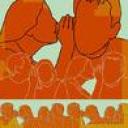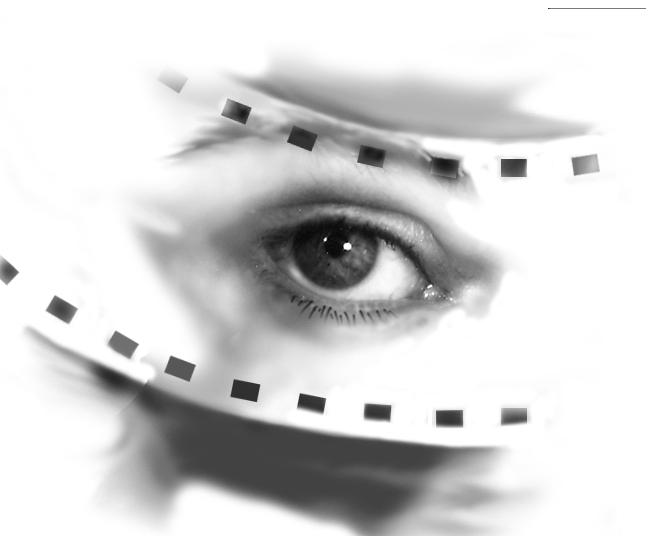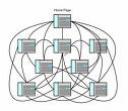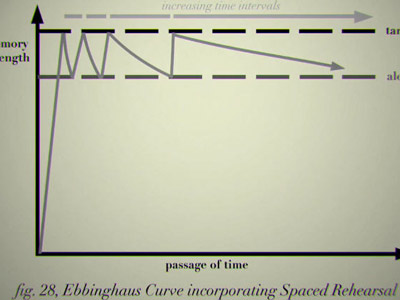 Habits spreading like infectious diseases through social networks appear to be all the rage. Catching your eating, smoking, happiness, mood and hygiene habits from those you hang out with is under the microscope. For a quick overview and some interesting reader comments (that challenge) check out Eva Judson’s post in the New York Times on Social Medicine. Please note that is social (as via social networks) not socialized (as via single payer government system) medicine.
Habits spreading like infectious diseases through social networks appear to be all the rage. Catching your eating, smoking, happiness, mood and hygiene habits from those you hang out with is under the microscope. For a quick overview and some interesting reader comments (that challenge) check out Eva Judson’s post in the New York Times on Social Medicine. Please note that is social (as via social networks) not socialized (as via single payer government system) medicine.
I have read the literature around this topic for some time in the hopes of gaining new scientific insight into how we form (or fail to form) habits. The key question from a cognitive design standpoint is what is the social cognitive psychology behind behavioral contagions? The answer unfortunately, is not clear.
”But then, how does something like obesity get “caught”? That’s not clear. One idea is that people judge their own weight by that of their friends — you think of yourself as thin if you are thinner than the people you know — and eat accordingly. Another is that friends mirror one another’s eating habits. Many studies have found that people tend to eat less when they are eating with someone who is not eating much. Also, people tend to eat more when they eat with friends rather than with strangers. Perhaps, too, a habit of eating, say, dessert when you are with your friends makes you more likely to eat it when you are alone. ”
Perhaps there is a mystery here because we are not looking at the entire picture.
(more…)









 One way to probe the mind of your customer and surface unmet cognitive needs is through instruments that assess styles. These take the form of questionnaires that can be used to categorize and interpret how people perceive, think, learn, make decisions, manage emotions and otherwise process information. For cognitive designers this is one way to build a psychographic profile.
One way to probe the mind of your customer and surface unmet cognitive needs is through instruments that assess styles. These take the form of questionnaires that can be used to categorize and interpret how people perceive, think, learn, make decisions, manage emotions and otherwise process information. For cognitive designers this is one way to build a psychographic profile.